Can the body be a searchlight (Eye) (2021)
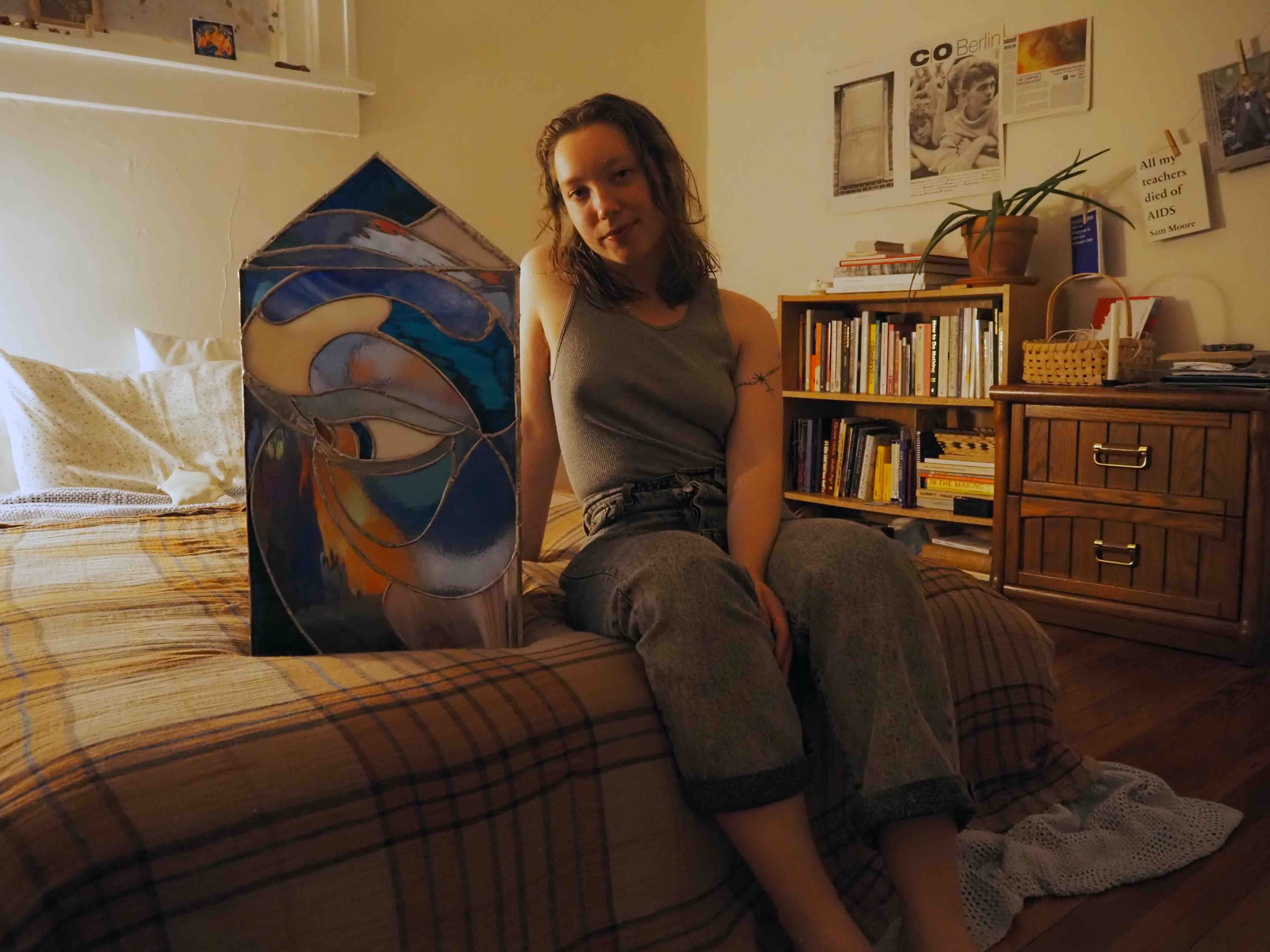
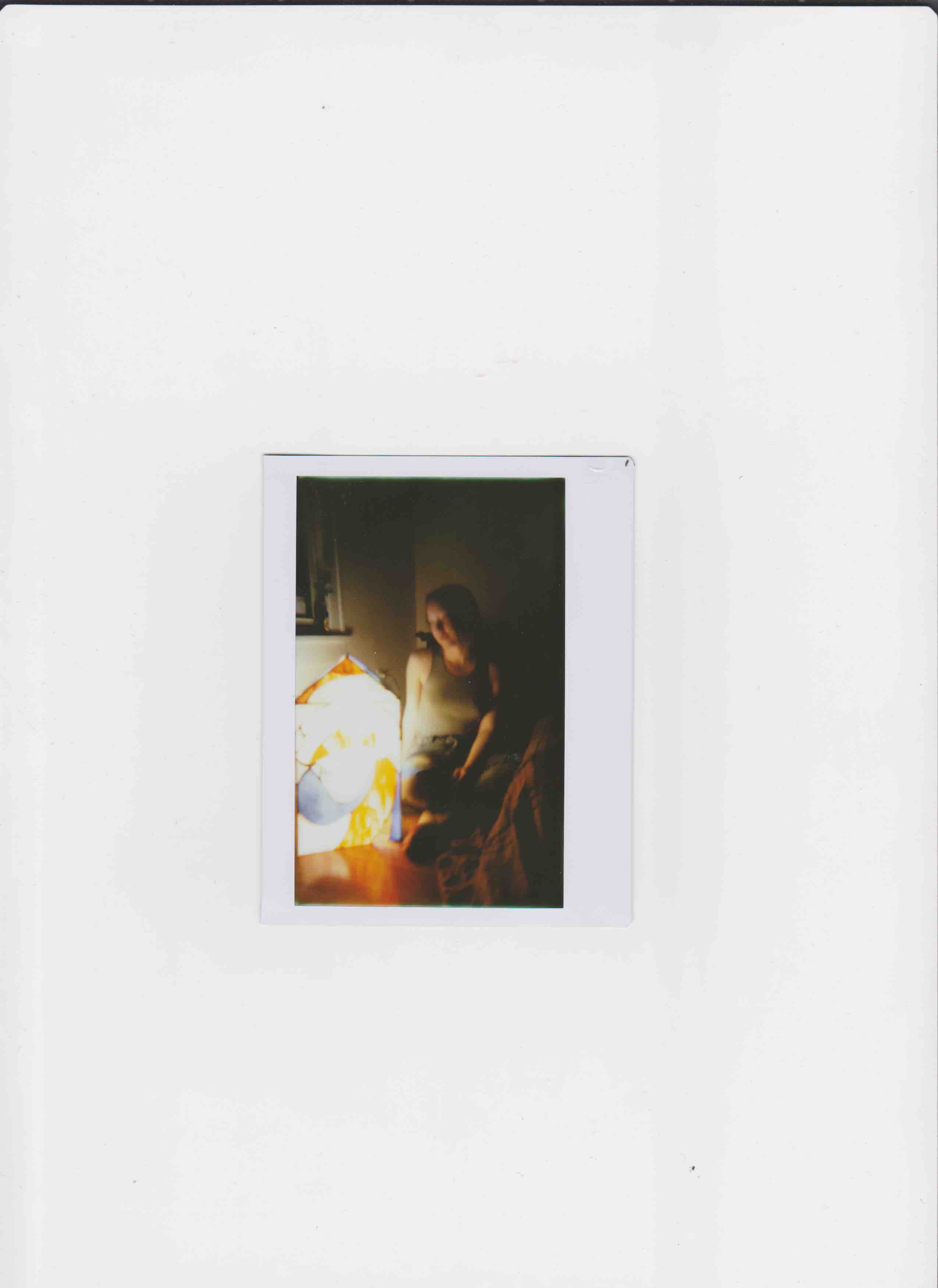
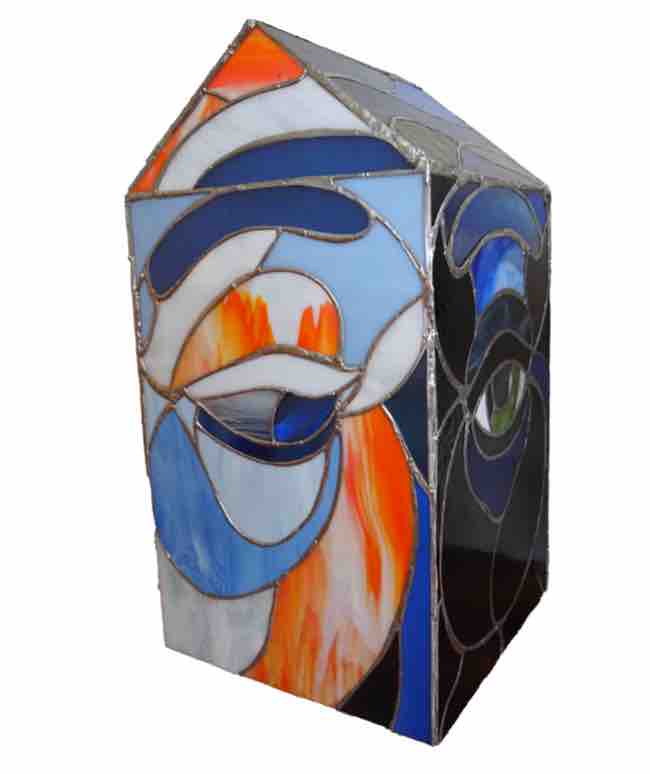
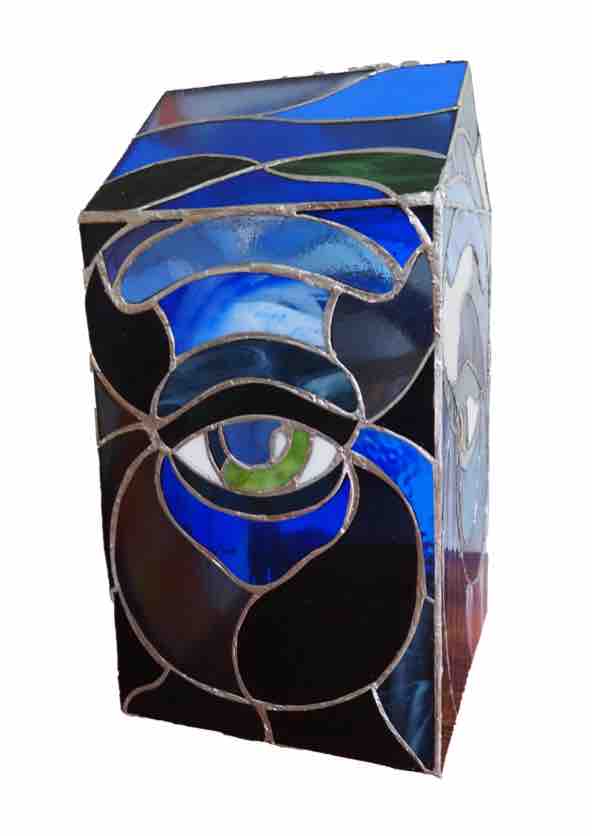
Untitled (Sea Ache) (2021)
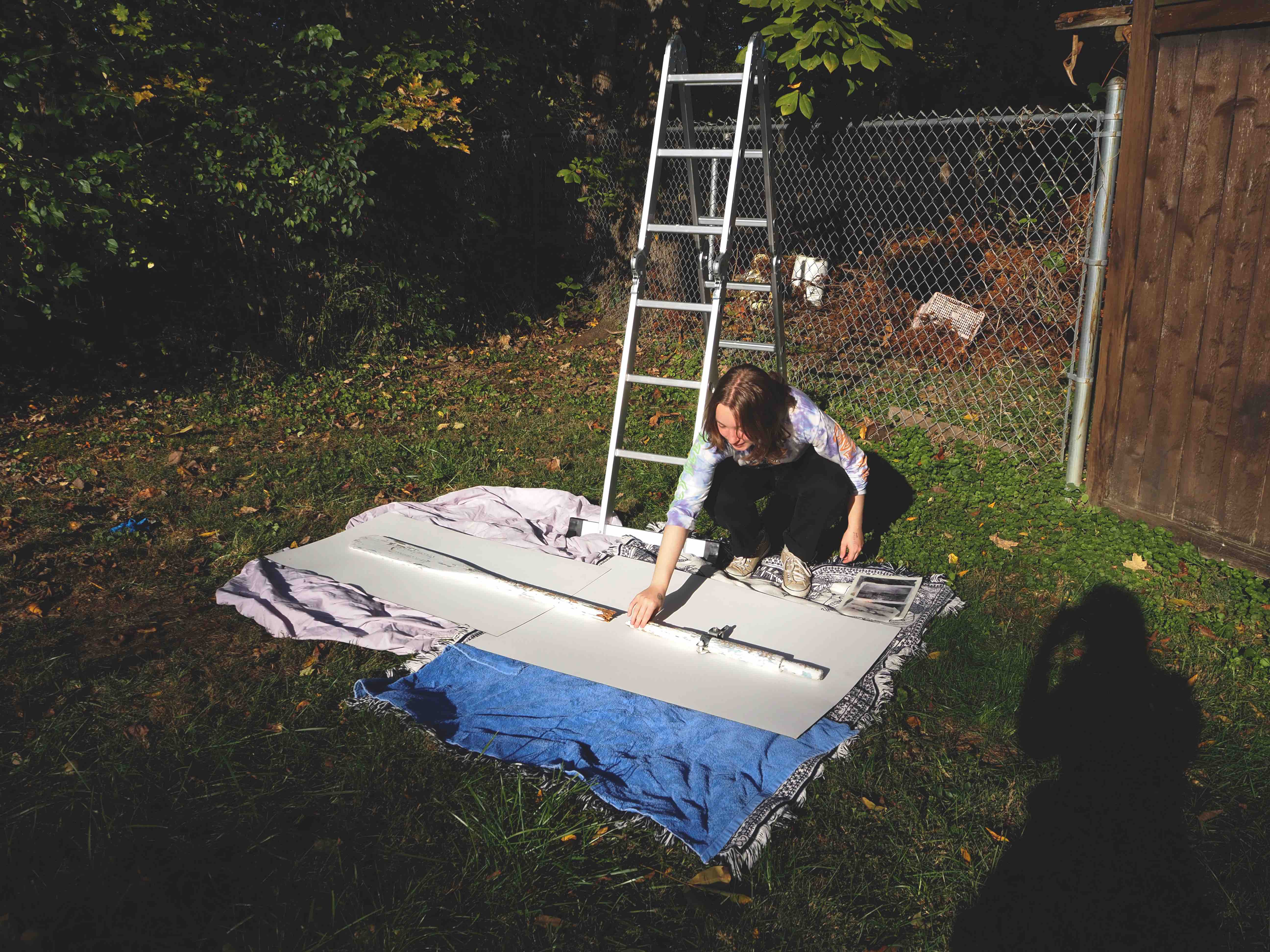



Artist’s Note
My artistic practice concerns emotion, memory, ritual, and spirituality as seen through the lens of my experiences as a queer woman raised in the rural Midwest. I often use materials and motifs associated with the family, the home, and the church alongside the barriers of participation and acceptance in those structures for the LGBTQAI+ community. In all of my work, I am searching, researching, constructing, deconstructing, and reconstructing commonly accepted ideas and beliefs. I invert the traditionally hard and soft, explore the nuances of interpersonal relationships and selfhood, and attempt to capture the quotidian with sincerity.
Rembrandt's Storm on the Sea of Galilee, one of the most valuable objects ever stolen, remains missing to this day. I explored the idea of forming a relationship with a piece of artwork that I will likely never see in person. On the oar, I inscribed quotes from Mark 4:35–41, some personal associations, and a Dutch quote from Rembrandt, who said he wishes his work to portray "die naetuereelste beweechgelickheijt" or, "the most natural/lifelike emotion/motion". I also sought associations in astrology and music. Rembrandt is said to be a Cancer sun and a Scorpio rising. Lana del Rey has these same placements and her song "Mariner's Apartment Complex" fits into the theme nicely. The music video also includes seascapes. I have embedded, on wax, an image from this music video, an image from the music video for “The System Only Dreams in Total Darkness” by The National, and the Rembrandt painting itself.
My lantern series approaches searching in a different light. A gay Christian may be taught that their faculties of loving are unholy, directed toward the wrong aims. One may have a crisis of integration—how does one feel at home in a body where even its unconscious actions are seen as sinful? A lantern is a tool of searching, illuminating, and guiding. How can the body, then, be used as a lantern?